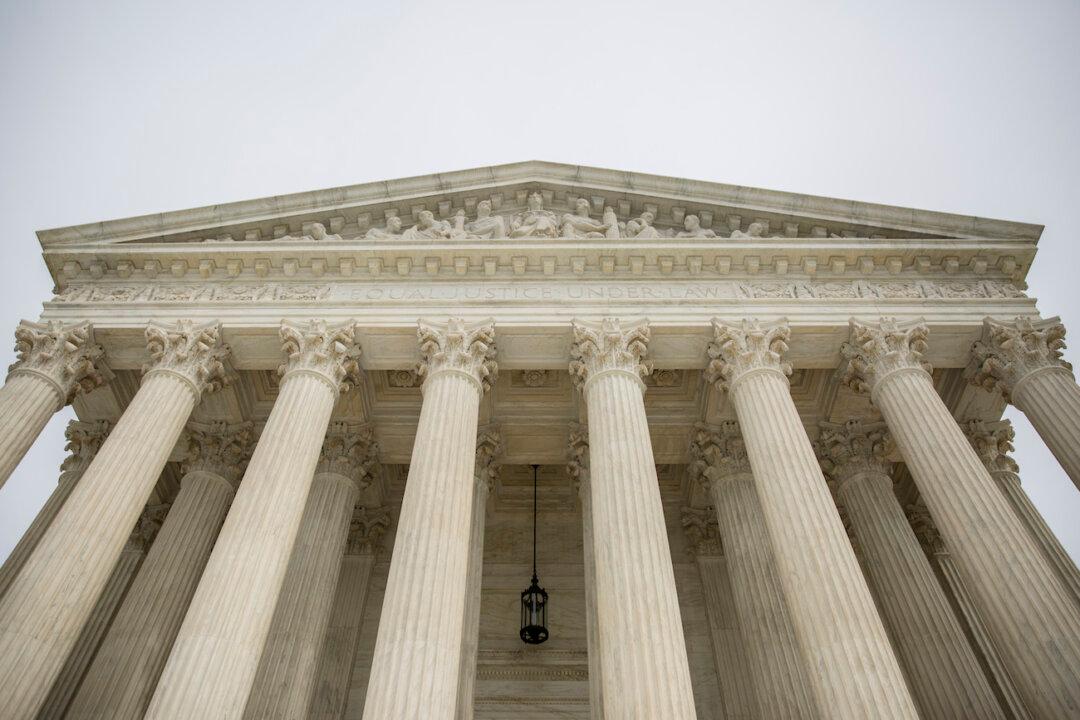Commentary
The Constitution created a relatively small federal government, with powers limited to certain listed subjects. It was a frugal institution, designed to “preserve the blessings of Liberty” and to bring out the best in human beings.

The Constitution created a relatively small federal government, with powers limited to certain listed subjects. It was a frugal institution, designed to “preserve the blessings of Liberty” and to bring out the best in human beings.